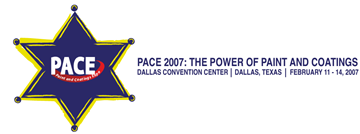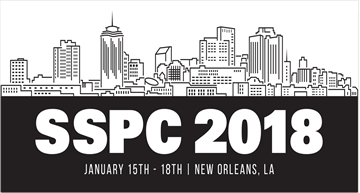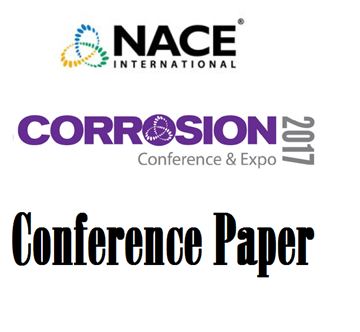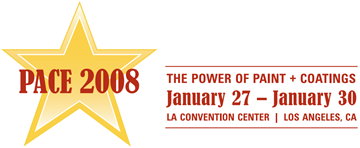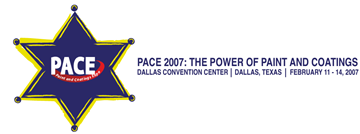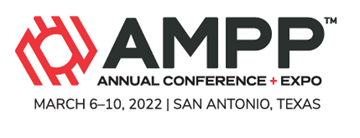Search
Individual Conference Papers
View as
Sort by
Display
per page
Process Approach in the Inspection of Plural Component Applied Coatings
Product Number:
41207-360-SG
Publication Date:
2007
$20.00
Process Development for Mechanistic Corrosion Models: Building, Validating, and Leveraging for Robust Outcomes
Product Number:
51324-20871-SG
Publication Date:
2024
$40.00
Progressive Reduction of Corrosion Phenomena in a COG Desulfurization Unit
Product Number:
51317--8940-SG
ISBN:
8940 2017 CP
Publication Date:
2017
$20.00
Project Management: Antennas and Water Tanks Can Co-Exist
Product Number:
41208-464-SG
Publication Date:
2008
$20.00
Projection of 1) Onset and Subsequest Failure Rate of Bridge Post-tensioned Tendons Considering Both Corrosion and Mechanical Overload and 2) Number O
Product Number:
51319-12802-SG
Publication Date:
2019
$20.00
Proof of Concept for an Adhesion Measurement Device to Predict Overcoating Failures in the Field
Product Number:
41205-175-SG
Publication Date:
2005
$20.00
Properties of Splash Zone and Immersion Coatings
Product Number:
51320-14634-SG
Publication Date:
2020
$20.00
Proposal Of 18Cr-8Ni Based Austenitic Stainless Steel With Superior Stress Relaxation Cracking Resistance
Product Number:
51322-17536-SG
Publication Date:
2022
$20.00
Proposal of a New Corrosion Index for Domestic Tap Water In Japan
Product Number:
51323-19056-SG
Publication Date:
2023
$20.00

